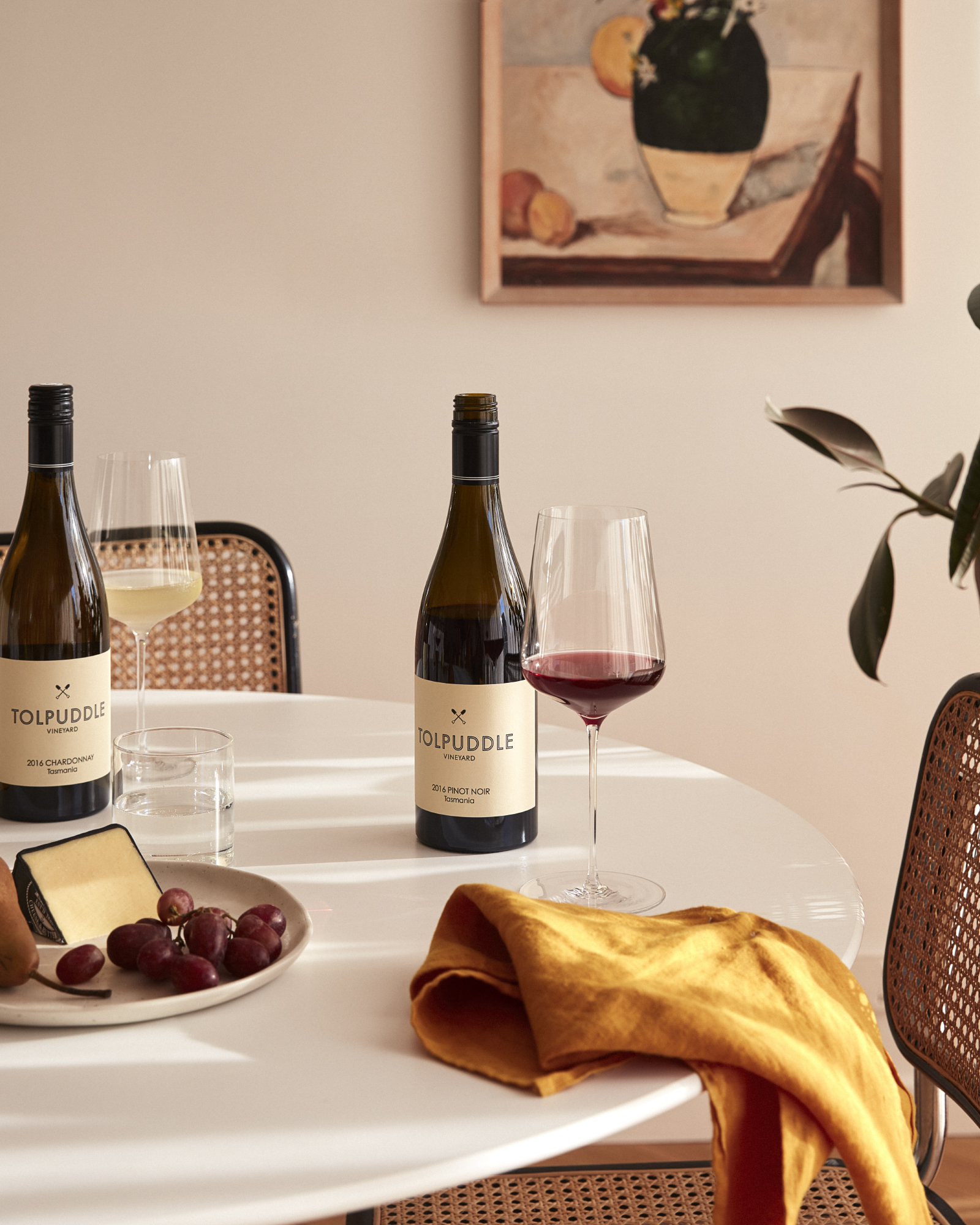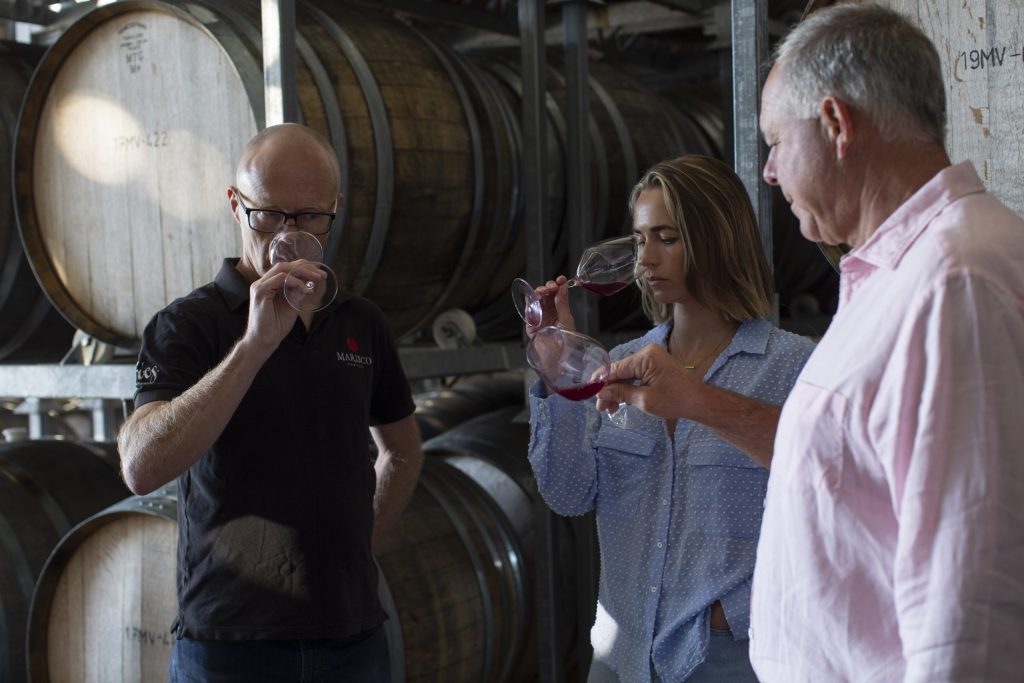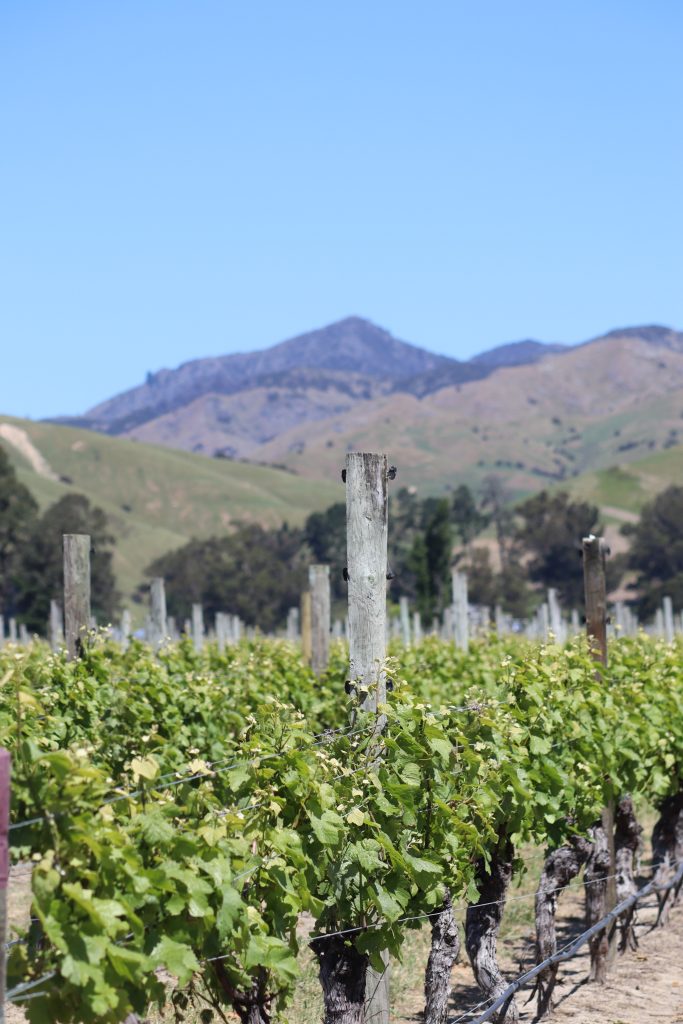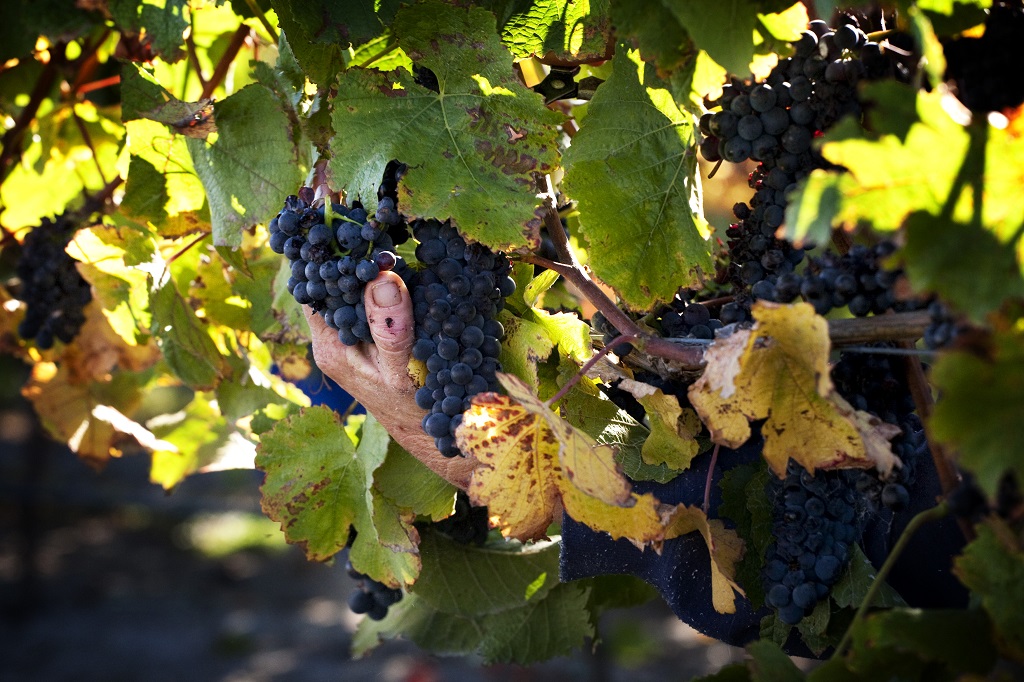Pinot Noir is the ultimate expression of site. It’s a variety that producers love because no two wines end up quite the same, and the smallest variations of site can create a world of difference. Harrison Davies explores how this humble grape can help to explain the character of wines from completely different countries.
In Alexander Payne’s famous 2004 film Sideways, protagonist Miles (played by Paul Giamatti) hates Merlot and loves Pinot Noir.
“Pinot needs constant care and attention. You know? And in fact it can only grow in these really specific, little, tucked away corners of the world,” he explains in a particularly intimate scene.
This is done in the film as a way to make him seem snobby – Merlot was the bulk produced, widely available variety in the US at the time whilst Pinot was reserved for those in the know and with deeper pockets.
However, what we can learn from this is also the place that Pinot has created for itself in an industry filled with thousands of different grape varieties.
Pinot is hard to grow and only grows best in very specific sites with specific climates and requires the utmost attention to thrive.
Yet, there it sits in the pantheon of the noble grape varieties.
Pinot Noir represented roughly 2.6 per cent of Australia’s national crush (Wine Australia) in Vintage 2022, and in New Zealand it is roughly 6.5 per cent (New Zealand Winegrowers).
Many winemakers point to Pinot as a ‘winemaker’s wine’ as it derives a lot of its flavour from the site on which it is grown.
For this reason it is interesting to compare Pinot Noir wines from different places and explore how different conditions influence similar wines.
Viticultural consultant Nick Dry of Foundation Viticulture said site has a prominent importance when preparing to grow Pinot Noir, and the site should influence one’s choice of clone to grow.
“One of the things that’s really important to consider for Pinot Noir generally is that it’s not a very elastic variety,” Dry said.
“Unlike Shiraz, which you can grow across a range of sites and climatic conditions and still produce wines, Pinot Noir grown outside of its range, particularly in warmer climates, can just produce dry red wines without any variety of character.
“It’s important that we consider the ripening time or the influence of clones on ripening, making sure that the early ripening clones are not used in warmer climates because they will tend to ripen in the hottest part of the season.

“I think 777 is a good example of that. That was a clone that was touted as having awesome quality potential, but is an early ripening clone.”
Dry explained the benefits of several other popular Pinot clones and why wine producers were attracted to them.
“First of all, MV6 would be probably the most widely planted clone. That is the only Pinot Noir clone which is commonly used that was actually selected from an Australian source,” Dry explained.
“It’s used because it tends to produce slightly lower yields and is slightly later ripening, both of which are beneficial in terms of quality, particularly the later ripening aspects are particularly good in some of the slightly warmer climates that we grow Pinot Noir in so that we can avoid ripening during the hottest parts of the season.”
Pinot in Australia
Being a cool climate variety, Pinot only grows well in certain regions across Australia, with the Yarra Valley, Adelaide Hills and Tasmania being the most notable regions for the variety.
The Yarra Valley and the Adelaide Hills likely have the longest history of Pinot Noir winemaking, while Tasmania has become a significant player in recent years.
Tasmania has been identified as a fantastic place to grow Pinot Noir due to its mild climate and mineral rich soils and as such, major players from other regions have begun investing in the southerly state.
Tolpuddle Vineyard was first established in 1988 and is planted with old vine Chardonnay and, as you might expect, Pinot Noir.
It is now owned by Martin Shaw and Michael Hill Smith AM MW, owners of Adelaide Hills winery Shaw & Smith.
Shaw & Smith recognised the site as an ideal place to make single vineyard varietal Chardonnay and Pinot Noir and purchased the site in the early 2020s.
Wines from the site have since become the talk of the industry, with the 2018 Tolpuddle Pinot being awarded Best Recent Release: Pinot Noir (ex-Burgundy) at the 2022 Wine Pinnacle Awards.
Tolpuddle winemaker Adam Wadewitz said Tasmania had many aspects that provide good conditions for Pinot.
“Pinot Noir as a variety is a great reflector of where it’s grown and the season that it’s grown in, and it really blasts that back at you. It is a conductor of site and so, for me, that’s the first starting point.” Wadewitz said.
“[Tasmania] is a long way south, the next stop is Antarctica. So it’s cold and that’s one of the elements that you need. It’s also moderated by that Great Southern Ocean.

Vineyards proprietor Brent Marris. Photo: Ben Morven
Wadewitz explained that wine producers could eke out little interesting parts of Tasmania, Pinot could reflect the soil type and the microclimate.
“When you get down into those details, you can really make some Pinot that really does look like where it comes from,” he said.
“Silica sands over sandstone is really what we typically see across the vineyards at varying depths and we know that often when you grow in sand that we tend to see really lifted aromatics.
“That’s one of the one of the calling cards of Tolpuddle: that beautiful perfume and lifted aromatics. I think there’s this density and this intense flavour that comes from Tasmania.
“We believe that site is bigger than clone, you need the best site to start with, otherwise things aren’t going to head the right direction.
“We’ve got 6X, we’ve got 777, we’ve got MV6, we’ve got 828, we’ve got Abel, and we’ve got Palmer. A real mix.”
Wadewitz insisted, however, that the most important part of Pinot’s creation is the grapes themselves and how they interact with the site.
Australia is the
seventh largest
producer of
Pinot Noir in
the world, the
top three being
France, the US
and Germany.
“Like all good Pinot Noir producers, you’re trying to make the wine in the vineyard as best you can,” he said.
“Grow the grapes the best you can, read the season, get the right clones and then farm them really sensitively.
“Getting that picking time is certainly high on the list of things to achieve. And then from there, everything’s hand-picked. Everything’s hand sorted.
“We don’t pump any of the red musk and we’ll include whole bunches in the fermenter as well. So that’ll depend a little bit on the year and a little bit on which block we’re dealing with.
“Pinot Noir’s time is now in terms of people really finding it and finding out how special that grape variety is.”
Across the Tasman

Pinot Noir, as a variety, is a great
reflector of where it’s grown and the
season that it’s grown in, and it really
blasts that back at you.
Adam Wadewitz
Pinot Noir from New Zealand has seen success in its domestic market as well as abroad in recent years.
The country as a whole is much cooler than Australia and, as such, has more regions with better growing conditions for the variety.
Similar to its Sauvignon Blanc, Pinot Noir from New Zealand is characterised by notes of bright fruits and layered textures.
Even the warmest parts of the country, like Marlborough, are influenced by cool sea breezes that offset the heat and create a nice contrast that is ideal for the variety.
The growth of Pinot in New Zealand is significant due to its short lifespan – Pinot Noir was largely dormant in the country until a surge in interest in the 1980s.
Marlborough-based Marisco Vineyards has received several awards this year for its King’s Wrath Pinot Noir, including Champion Wine of the 2022 Marlborough Wine Show.
General manager Matt Mitchell said Pinot in New Zealand was special and it was fast becoming a bigger part of the local industry.
“For me, NZ Pinot is very much a reflection of our environments. New Zealand landscapes have this bright clarity of light that creates extremely vivid images. I see NZ Pinot style in the same way,” he said.
“Marlborough is one of the driest, sunniest regions of New Zealand, with a significant diurnal temperature fluctuation (which can be in the order of 15-20°C) between daytime and night.
“This extreme variation in temperature slows sugar accumulation, preserves the natural acidity and gives rise to the intense varietal characteristics.
“Marisco Vineyards has the luxury of multiple quality Pinot Noir sites, all based in the Southern Valleys network.
“Protected from the cooling easterly breezes that come in off the bay, these sites are typically warmer during the day than the main valley.
“Once the sun retires however, cold air descends from the nearby ranges creating crisp, cool overnight temperatures and an even greater diurnal condition than other parts of Marlborough.”
Despite a wider range of sites, growers in New Zealand use similar clones to those in Australia, specifically the 777 clone that was referenced by Dry as among the most common in Australia.
Mitchell also agreed with Wadewitz in saying that site was the most important factor in successful Pinot Noir wines.
“The Southern Valleys provide a multiplicity of opportunity to plant Pinot on the valley fringes, on the north facing, undulating hillsides and pretty much every point between,” Mitchell explained.
“We work with a broad range of clonal material from the old school traditional clones such as Abel, UDC clone 5 to the ever reliable Dijon clones 777, 667, 115 and 114 to some of the newest clonal releases like 828 and MV6.

“In a typical growing season we would target specific blocks within each of Marisco’s key Pinot Noir vineyards for the King’s Wrath. This ensures an appropriate level of crop and canopy management for a wine of this quality.
“The fruit is hand harvested into small picking trays and taken to the winery where it is partially destemmed, with a whole bunch component of between 10-30%, depending on fruit/stem ripeness and the growing season.
“The fermentation vessels are small (2-5 tonne) open top “pots” that allow all of the block-clone combinations to be kept separate. Following a 3-5 day ambient “soak,” the tanks are inoculated for fermentation during which regular hand plunging and the occasional pump over is used to extract red colour and desirable tannin.
“Post fermentation maceration is in the order of 5-7 days before draining and pressing. The individual wines are settled for roughly a week before being racked to barrel, of which 30% are new barrels.
“The wine matures in 500L French oak puncheons until August where MLF either kicks off naturally or is initiated via inoculation. Typically The King’s Wrath is lightly filtered before a bottling in mid to late March of the year following harvest.”
To view the current issue of the Grapegrower & Winemaker, visit our Current Issue page.





















